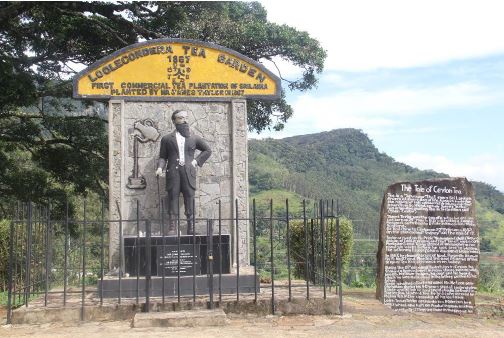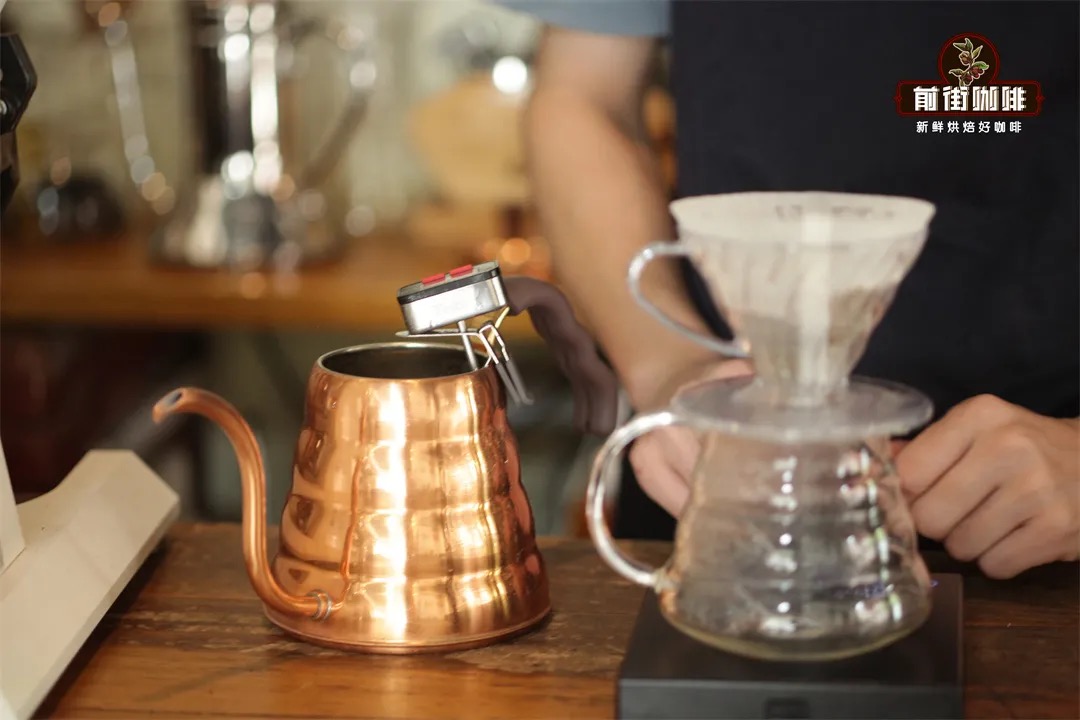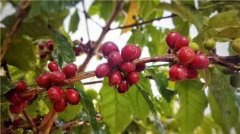The History of Tea Industry in Sri Lanka and the Historical Story of James Taylor, the Father of Ceylon Black Tea
Sri Lanka's history is as fascinating as the country itself. Many years ago, the country had a strong culture and heritage, and it was ruled by kings for many generations. As early as the 16th century, the country was invaded by many foreign forces who came here in search of spices, gems and other treasures.
Colonial history
Since the 16th century, the country has been invaded by the Portuguese, Dutch and British. Like many other Asian countries, Sri Lanka faced the fate of becoming a British colony in 1815, when the country was named Ceylon.
The tea culture in Sri Lanka began at that time, when the country's coffee plantations began to disappear due to the pandemic of coffee leaf rust on the island. In 1839, the British introduced a tea tree from China and planted it in the Royal Botanical Garden Peradeniya, the first non-commercial tea planting experiment in Sri Lanka. Since then, few other experiments have been conducted in the "Nuwara Eliya" Nuwara Elia region to check the plant's applicability to Sri Lankan soil and climate.

The Story of James Taylor
In 1867, a Scottish planter named James Taylor (James Taylor) began to grow tea in Kandy, creating the first commercial tea cultivation in Sri Lanka, which marked a turning point in Ceylon tea history. His plantation is named "Loolecondra Manor" and is considered to be the first tea plantation in Sri Lanka. His tea garden began to flourish on the foggy hills of Kanti, proving that Sri Lanka has ideal climate and soil conditions for commercial tea cultivation.
Taylor's efforts to grow tea also brought hope to other British growers. In recognition of James Taylor's pioneering role in the Sri Lankan tea industry, he is still remembered as the "father of Ceylon tea". His tea garden is still operating in Sri Lanka and currently belongs to a state-owned tea garden company. The remains of the Taylor factory and bungalow are now preserved in the Hantana Tea Museum in Kandy, and if you go to Lule Condra Manor today, you can see some of the ruins of Taylor's bungalow.
Shortly after Taylor tried to grow tea, many tea gardens began in Sri Lanka. With the establishment of the necessary institutions and the development of infrastructure, the tea industry in Sri Lanka has been gradually established. By 1965, China became the world's largest tea exporter for the first time and continued its legend through many of the industry's ups and downs.
Important Notice :
前街咖啡 FrontStreet Coffee has moved to new addredd:
FrontStreet Coffee Address: 315,Donghua East Road,GuangZhou
Tel:020 38364473
- Prev

How to make coffee by hand & is it difficult for to make individual coffee by hand? Why does my hand-made coffee taste bad?
When you sit at the bar and watch the barista brew a pot of coffee, you immediately put on a set of coffee maker, and then watch various brewing videos and start to figure out how to make a cup of coffee and find that each time the coffee tastes different, whether it tastes good or not depends on fate!? 0.0 the emergence and popularity of hand-brewed coffee belongs to drip brewing coffee.
- Next

Why do foreigners like drinking coffee? This paper briefly introduces the origin and development history of foreign coffee.
The earliest coffee beans originated in Ethiopia. In 525 AD, Ethiopian troops invaded Yemen, and coffee beans were brought to Yemen by soldiers. According to records, coffee trees began to be planted in Yemen in 575 AD. Later, coffee beans were also brought to Egypt by Sudanese black slaves who were shipped to Egypt. After coffee was introduced into the Arab world, it was first used as a herb by Arabs to treat biases.
Related
- Beginners will see the "Coffee pull flower" guide!
- What is the difference between ice blog purified milk and ordinary milk coffee?
- Why is the Philippines the largest producer of crops in Liberia?
- For coffee extraction, should the fine powder be retained?
- How does extracted espresso fill pressed powder? How much strength does it take to press the powder?
- How to make jasmine cold extract coffee? Is the jasmine + latte good?
- Will this little toy really make the coffee taste better? How does Lily Drip affect coffee extraction?
- Will the action of slapping the filter cup also affect coffee extraction?
- What's the difference between powder-to-water ratio and powder-to-liquid ratio?
- What is the Ethiopian local species? What does it have to do with Heirloom native species?

